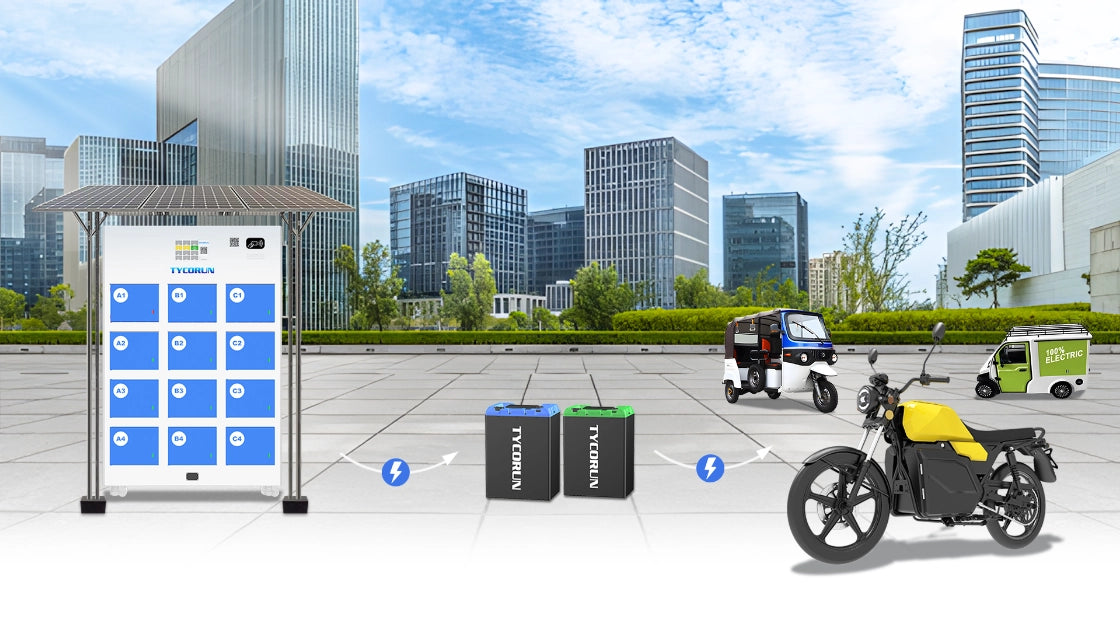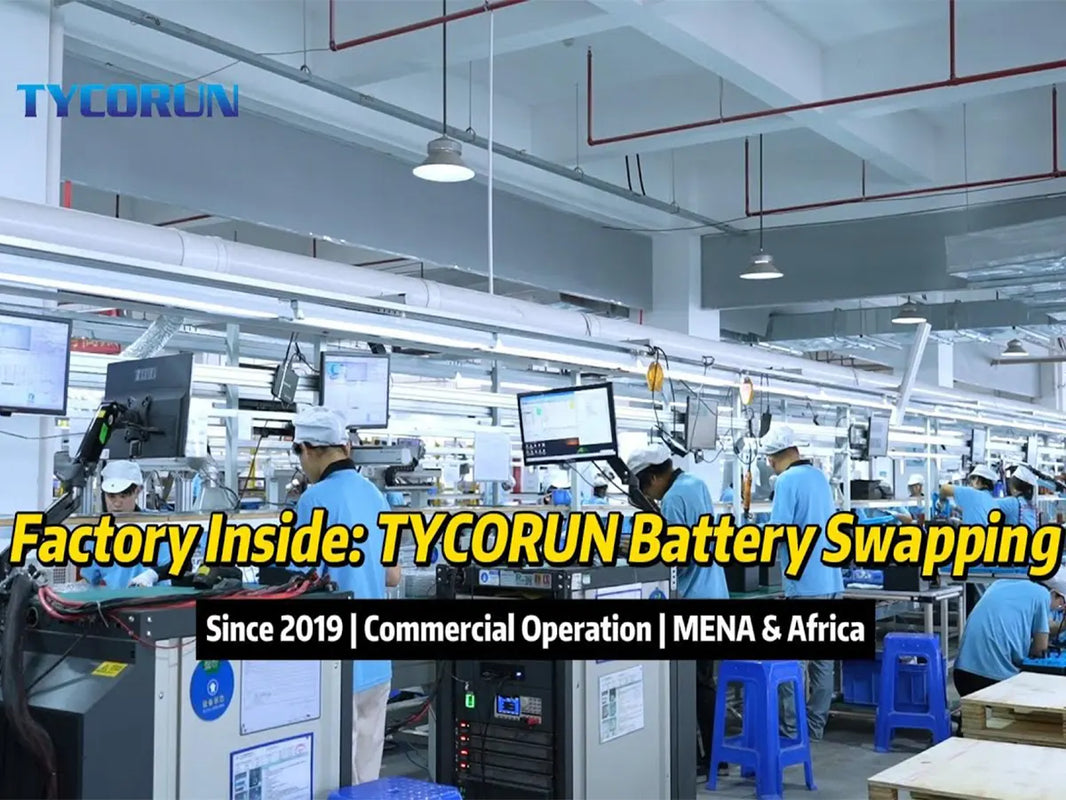
Main content:
Both nickel cadmium and lead-acid batteries have long histories as reliable energy sources. So, what is a nickel cadmium battery? The nickel cadmium battery was also invented in 1899 by the Swede Kinger, and commercial products have been available since around 1900. Over a long period of time, these two batteries have witnessed and driven numerous revolutions in battery technology, playing important roles in various applications and becoming iconic figures in the history of battery development.
Main Structure of a Nickel Cadmium Battery

Positive Plate
The positive electrode active material is nickel hydroxide (Ni(OH)₂), typically made from a mixture of nickel oxide powder and graphite powder. Graphite does not participate in chemical reactions and its primary function is to enhance conductivity. Positive plates typically use perforated nickel or steel strips as battery current collectors, filled with active battery material, and then pressed into shape.
Negative Plates
The negative electrode active material is cadmium hydroxide (Cd(OH)₂), composed of cadmium oxide powder and iron oxide powder. The iron oxide powder prevents cadmium oxide powder from clumping and increases plate capacity. Negative plates also use perforated metal strips as current collectors, filled with active material, and then pressed into shape.
Separators
Situated between the positive and negative plates, they prevent direct contact between the positive and negative electrodes, which could cause a short circuit. Common separator materials include polyamide nonwovens, alkali-resistant hard rubber insulating rods, or perforated polyvinyl chloride corrugated board. They allow ions to pass but block electron conduction.
Electrolyte
Typically, it is a potassium hydroxide (KOH) solution, although sodium hydroxide (NaOH) solution is also used in rare cases. The electrolyte conducts ions between the positive and negative electrodes, enabling electron transfer, while remaining inactive in the battery's chemical reactions.
Housing and Terminals
The battery housing is typically made of metal (such as nickel-plated steel) or plastic, with a secondary explosion-proof enclosure inside. The housing typically houses the negative electrode, while the cover houses the positive electrode. The cover is equipped with vents to release gases generated during charging or discharging, preventing excessive internal pressure.
Charging and Discharging of Nickel-Cadmium Batteries Explained

Now that we know the battery’s structure, let’s explore what is a nickel-cadmium battery in operation. Understanding its charging and discharging reveals why it performs reliably. When a nickel cadmium battery is charged, a reduction reaction occurs at the negative electrode, while an oxidation reaction occurs at the positive electrode.
First, let's look at what happens at the negative electrode during charging: the cadmium hydroxide at the negative electrode dissociates into nickel ions and hydroxide ions. The nickel ions then capture electrons from the external circuit, forming cadmium atoms that attach to the negative electrode. The hydroxide ions enter the solution and participate in the oxidation reaction at the positive electrode.
Next, let's look at what happens at the positive electrode during charging: Under the influence of the external circuit, the two divalent nickel ions in the nickel hydroxide at the positive electrode each lose an electron, forming trivalent nickel ions. Simultaneously, the two hydroxide ions each release a hydrogen ion, leaving oxygen anions at the positive electrode.
The released hydrogen ions combine with hydroxide ions in the solution to form water molecules. The two trivalent nickel ions, two oxygen anions, and two hydroxide ions at the positive electrode combine to form nickel hydroxide crystals.
The charging formula is as follows: 2 Ni(OH)₂ + Cd(OH)₂ → 2 NiO(OH) + Cd + 2 H₂O
The discharge process of a nickel cadmium battery is the reverse of the charging process. The discharge formula is as follows: Cd + 2 NiO(OH) + 2 H₂O → 2 Ni(OH)₂ + Cd(OH)₂
Advantages of Nickel Cadmium Batteries

Charging Characteristics
Nickel cadmium batteries have excellent overcharge resistance. When continuously charged, nickel cadmium batteries remain stable even if the charge time and battery capacity exceed the normal limit. It's like filling a container with water. A conventional lead-acid battery might overflow or even damage the container if even slightly overfilled.
However, the nickel cadmium battery, as a "container," can withstand a certain degree of overfilling. In real-world use, many people have experienced forgetting to unplug their chargers. For lead-acid batteries, this can severely impact their lifespan and shorten their lifespan. However, nickel cadmium batteries can maintain excellent performance even in these conditions, reducing the risk of damage from battery overcharging.
Temperature adaptability
Nickel cadmium batteries perform exceptionally well in low-temperature environments. When temperatures drop to tens of degrees below zero, the capacity of lead-acid batteries drops significantly, much like a bucket that originally held 10 liters of water might only hold 3-4 liters at low temperatures.
However, the capacity loss for nickel cadmium batteries is minimal; the same "bucket" can still hold 8-9 liters at low temperatures. In the cold winters of northern China, devices using lead-acid batteries may malfunction due to insufficient battery capacity, while devices using nickel cadmium batteries can operate stably.
Nickel cadmium batteries also experience relatively little loss in lifespan in high-temperature environments. High temperatures accelerate the aging and corrosion of the plates within lead-acid batteries, just as high temperatures accelerate rusting of metal, significantly shortening their lifespan. nickel cadmium batteries, on the other hand, are more resistant to the effects of high temperatures, maintaining relatively stable performance and extending their service life.
Discharge Performance
During the first minute of discharge, nickel cadmium batteries experience no significant voltage drop. This is similar to starting a car, which requires a stable power supply to ensure a smooth engine start. If the battery voltage is unstable during the initial discharge, it will be like the power fluctuations during a car's start, affecting the device's normal start and operation.
Nickel cadmium batteries provide a stable initial discharge voltage, ensuring stable power during startup, making the device start more smoothly and preventing battery damage caused by voltage fluctuations.
Hardware Advantages
The stainless steel interconnect hardware used in nickel cadmium batteries offers unique advantages. Unlike some common metals, stainless steel does not lose compressibility or corrode during use.
The Outstanding Performance of Nickel Cadmium Batteries in Different Scenarios

Low-Temperature Scenarios
Nickel cadmium batteries are unmatched in low-temperature environments. When temperatures drop suddenly, many batteries fail or become ineffective, but nickel cadmium batteries perform reliably. At Arctic research stations, winter temperatures often drop to -30 to -40 degrees Celsius.
Ordinary lead-acid batteries experience a significant capacity reduction in such low temperatures. A device that could normally power 10 hours might only function for 2-3 hours with a lead-acid battery.
Nickel cadmium batteries, however, remain virtually unaffected, maintaining over 90% of their capacity and providing a continuous and stable power supply for the station's equipment. From an energy conversion perspective, the chemical reactions within nickel cadmium batteries are less affected by temperature.
At low temperatures, the ionic conductivity of their electrolyte remains excellent, ensuring smooth redox reactions within the battery and stable power output. This makes them the preferred power source for many devices in low-temperature environments, providing reliable power for activities in extremely cold environments.
High-Temperature Scenarios
Slightly Better. nickel cadmium batteries also perform well in high-temperature environments. In scorching desert regions, summer temperatures often reach 40 to 50 degrees Celsius. Lead-acid batteries experience a significant reduction in lifespan under such high temperatures, accelerating plate aging and corrosion, leading to frequent battery failure and the need for frequent replacement. nickel cadmium batteries, on the other hand, experience relatively minimal lifespan loss and maintain excellent performance and stable operation at high temperatures.
From a battery perspective, the electrode materials and separators of nickel cadmium batteries exhibit excellent high-temperature resistance, capable of withstanding the thermal stress and chemical changes caused by high temperatures, reducing the risk of internal short circuits and capacity degradation caused by these conditions. However, the relatively high cost of nickel cadmium batteries in high-temperature applications has limited their widespread use.
In some cost-sensitive, high-temperature applications, a balance of cost and performance may be considered, leading to the selection of other, more economical batteries.
However, in specialized applications where battery performance is extremely demanding and cost is less critical, such as powering high-temperature components in aerospace, nickel cadmium batteries, thanks to their superior high-temperature performance, continue to hold a significant position.
Engine Starting
Excellent Performance In the engine starting application scenario, nickel cadmium batteries demonstrate exceptional performance. When a car engine starts, it requires a strong, instantaneous current, much like the burst of force required by a sprinter at the start of a race. nickel cadmium batteries respond quickly, providing a stable, powerful current to ensure a smooth engine start.
While lead-acid batteries offer a lower initial cost and can provide a reasonable current during starting, their performance degrades significantly with use, particularly in harsh conditions like low temperatures.
From a lifecycle cost perspective, while nickel cadmium batteries are more expensive to purchase, their long lifespan and stable performance mean their overall cost is not necessarily higher than that of lead-acid batteries over the long term. When starting the engines of large machinery, such as excavators and loaders, which are frequently used, high battery reliability and lifespan are crucial. nickel cadmium batteries, with their excellent battery performance, are a critical power source for ensuring the proper operation of these equipment.
Nickel Cadmium Battery Maintenance and Usage Recommendations

To keep its benefits, it’s key to understand what is a nickel-cadmium battery’s maintenance needs. Proper handling ensures long life and reliable performance in any environment.
Charging Environment and Operation
Temperature Control: During charging, the ambient temperature should be maintained between 10°C and 30°C. Temperatures above 30°C require cooling measures to prevent overheating and deformation of the battery. Temperatures below 5°C may result in insufficient charging, shortening the battery lifespan.
Charging Method: We recommend using the original or compatible charger and avoid power outages during charging. Some chargers will indicate a fast charge when the green light flashes, and then enter a trickle charge when the green light stays on. You can extend the trickle charge time (approximately 3-4 hours) to complete the charge, but be careful to avoid overcharging.
Avoid Overcharging and Overdischarging
Complete the charge in one go. Do not reconnect the battery immediately after a fast charge when the battery is hot. If the battery warning indicator flashes during use, replace the battery promptly to avoid overdischarging.
Daily Use Precautions
Regulated Charging and Discharging: Avoid long-term deep discharge or short-circuiting with low current. It is recommended to charge the battery only after it is completely depleted to maintain stable battery performance.
Preventing the Memory Effect
Although the memory effect of modern nickel cadmium batteries has been significantly reduced, it is still recommended to perform a deep discharge to the final voltage (approximately 1.0V per cell) once a month to mitigate potential capacity loss.
Long-term Storage
Storage after Discharge: When not in use for an extended period, discharge the battery to the cutoff voltage (i.e., the battery warning light flashes). Then, seal it in the original packaging and store it in a dry, well-ventilated area. Recharging is not required.
Regular Inspection
During storage, regularly inspect the battery's exterior and connectors to ensure there is no corrosion, damage, or leakage.
Conclusion
Although nickel cadmium batteries are relatively expensive, knowing what is a nickel cadmium battery and its capabilities makes them invaluable in demanding applications. Their excellent overcharge resistance, wide temperature adaptability, stable discharge performance, and robust hardware ensure reliable operation in extreme conditions.
When choosing a battery, consider more than just price; consider the operating environment and device requirements. If your device is used in extreme environments or requires extremely high battery performance, nickel cadmium batteries may be a worthwhile choice.
Related articles: battery electrode crack, lithium ion battery life, Lithium-ion Battery Voltage
















